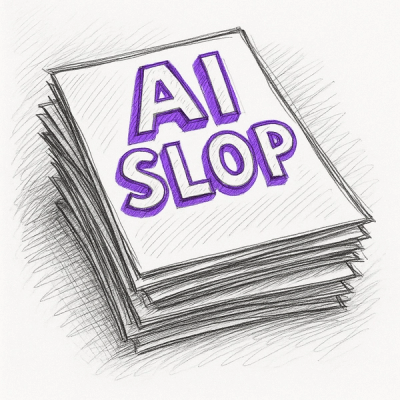
Security News
Potemkin Understanding in LLMs: New Study Reveals Flaws in AI Benchmarks
New research reveals that LLMs often fake understanding, passing benchmarks but failing to apply concepts or stay internally consistent.
github.com/golang/tools/go/pointer
FAQs
Unknown package
Did you know?

Socket for GitHub automatically highlights issues in each pull request and monitors the health of all your open source dependencies. Discover the contents of your packages and block harmful activity before you install or update your dependencies.

Security News
New research reveals that LLMs often fake understanding, passing benchmarks but failing to apply concepts or stay internally consistent.

Security News
Django has updated its security policies to reject AI-generated vulnerability reports that include fabricated or unverifiable content.

Security News
ECMAScript 2025 introduces Iterator Helpers, Set methods, JSON modules, and more in its latest spec update approved by Ecma in June 2025.